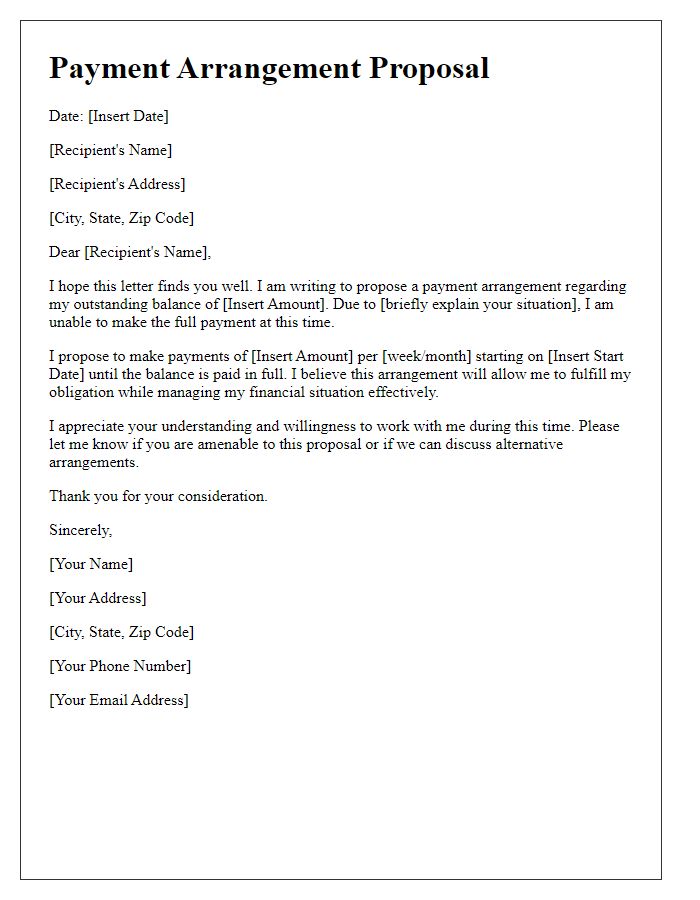When it comes to debt recovery, it can often feel like a daunting task, both for the creditor and debtor alike. A well-crafted debt recovery demand letter is essential in conveying your intentions clearly while maintaining professionalism. This letter not only serves as a formal reminder of the outstanding amount, but it also opens the door for communication between both parties to resolve the issue amicably. Curious about how to create an effective debt recovery demand letter? Let's dive into some useful templates and tips!

Clear identification of debtor and creditor
A debt recovery demand letter must clearly identify both the debtor (the individual or organization that owes money) and the creditor (the entity or person that is owed money). For example, the debtor might be John Smith, residing at 123 Main Street, Springfield, Zip Code 12345, while the creditor could be ABC Corp, located at 456 Business Ave, Springfield, Zip Code 12345. Clearly stated account details, such as account number 789654, can help in identifying the specific debt in question. Including the original invoice date (e.g., July 15, 2023) and total amount due (e.g., $1,500) enhances clarity. An explicit deadline for payment (e.g., within 14 days from the date of this letter) is crucial, along with a reference to any applicable legal provisions, such as state collection laws, which may perform as a reminder of obligations.
Specific amount owed and due date
A debt recovery demand for an outstanding invoice can emphasize the specific amount owed, which in this case is $5,000, originally due on July 15, 2023. This unpaid balance pertains to services rendered by XYZ Company (a consulting firm based in San Francisco). The demand notice highlights the importance of timely payment to avoid escalating the matter further, possibly involving legal action or collections agencies. Furthermore, an immediate response is encouraged to resolve this financial obligation amicably, ensuring a positive ongoing business relationship.
Payment instructions and acceptable methods
Debt recovery demands typically require clear payment instructions and acceptable methods for settling outstanding amounts. Providing a specific deadline, such as 30 days from the date of the demand, enhances urgency. Acceptable payment methods include bank transfers, online payment platforms like PayPal or Square, and credit card payments, outlining any required details like account numbers or payment links. Additionally, offering options for installment plans may encourage prompt resolution of the debt, making the process less daunting for the debtor. Clear communication regarding consequences of non-payment, such as late fees or referral to collections, empowers the demand for prompt action.
Consequences of non-payment
Failure to meet repayment obligations may lead to serious repercussions for borrowers, such as a negative impact on credit scores, which can diminish financial opportunities for years. Debt collection agencies (often involved after overdue accounts) may initiate legal action, potentially resulting in court judgments against debtors. These judgments can enable wage garnishments, allowing creditors to claim a portion of future earnings directly from employers. Additionally, property liens may be placed against assets, restricting the ability to sell or refinance them. In extreme cases, persistent non-payment can result in bankruptcy filings, leading to loss of assets and long-term financial instability. Ultimately, addressing debts promptly is crucial to avoid such dire outcomes.
Contact information for queries and payment arrangements
Late payment penalties accumulate rapidly on overdue accounts, which can lead to financial instability. Companies like Collection Agency, located at 123 Business St., Springfield, often handle cases involving sums exceeding $1,000. Clear contact avenues are essential; businesses should provide a dedicated phone line, such as (555) 123-4567, or an email address like finance@collectionagency.com for queries. Payment arrangements can be made through structured plans, allowing debtors the option to pay in installments over time. Timely communication regarding outstanding balances encourages resolution and mitigates further legal actions.













Comments